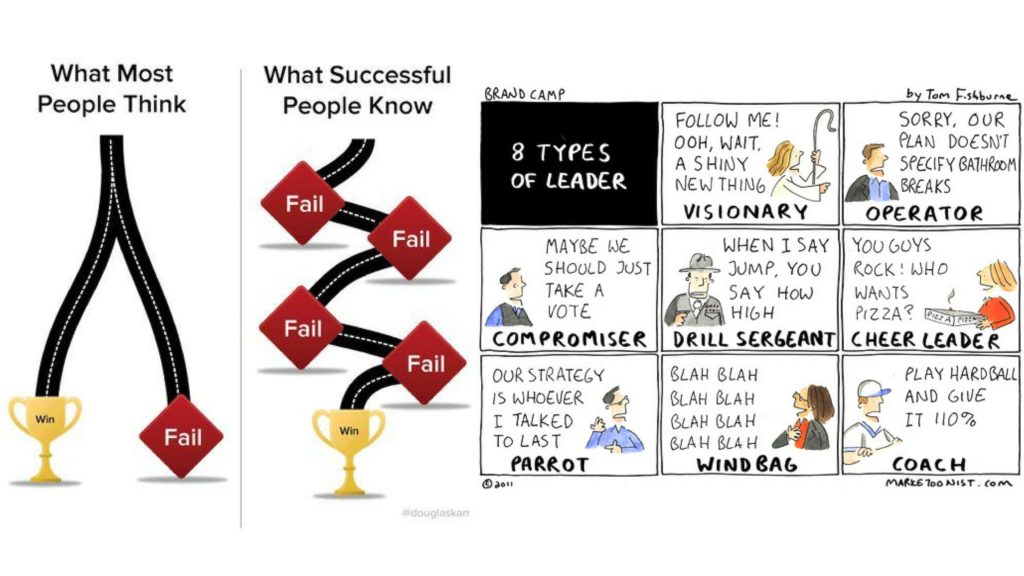What Makes A School World Class (Part 1)

What are the key components of a world-class environment and how can you cultivate that at your school? In this three-part series, Phil Denton looks at what makes an organisation ‘world-class’.
As I set out on my first year of headship (after a year as head of school in the same institution), I have set out an aspirational vision which I hope will excite students, staff, parents and our wider school community.
In my Catholic school, the vision is underpinned by the gospel values of love, faith and hope – grounded in a biblical parable of growth based on the mustard seed.
My vision, which was popular with the governors at the interview is: “A world-class Catholic education that encourages our students to want to make the world a better place.”
Think of the colour red
The artist Josef Albers once said: “If one says ‘red’ and there are 50 people listening, it can be sure that there are 50 reds in their minds. And one can be sure that all these reds will be very different.”
This quote, which I found at the Tate in London, has long since resonated with me. As a result, I have sought to gain an insight into what our school community understands by our vision. In the build-up to the new school year this September I discussed with members of our school community exactly what it means to them.
Likewise, the first step in creating a vision for a world-class school is understanding exactly what the school community’s understanding of “world-class” is and working on that understanding accordingly in order that they feel their version of world-class can be achieved. It meant that as September arrived, we were working as a school towards the development of a world-class educational environment.
In these three articles, I will set out how my research has informed our direction of travel. I have researched not only educational environments, but also those of sport, business and industry. My prime question has been: “What are the key components of a world-class environment and how can I cultivate that at our school?”
If you are a school leader at any level or a teacher looking to create a highly aspirational environment in your classes or department, I hope that this research and thinking will be useful in your own mission for the enhancement of your setting.

Leadership that empowers others to be world-class
There is not a highly successful organisation in the world that is not led effectively. There are key aspects of this leadership which mean that it is inspiring and aligning.
The leadership creates a culture that inspires individuals to hold high expectations for themselves and for each other. The leadership creates a culture that unifies those involved in the organisation to a cause underpinned by a set of beliefs.
The leadership is authentic and clear about the aforementioned in order that people know whether the organisation fits with their own drivers and belief set.
Finally, the leadership rewards those who are aligned and supports and addresses individuals who are not “in sympathy” with the vision and mission.
An obvious example of successful leadership is that of Sir Richard Branson and the Virgin Group. Branson operates as a shareholder and PR guru while also personifying the group. His personification represents adventure, enthusiasm and innovation. Through my reading I discovered that Branson puts a great deal of focus on recruitment in order that he has the right people leading in the right areas.
Furthermore, he has established a network of Virgin companies that operate independently but share core values and a desire to work cohesively.
Beyond company-wide innovation, he empowers all employees to operate on intuition rather than awaiting constant direction. Employees have reported that this gives them greater confidence in themselves and their management teams. Interaction and idea-sharing is frequently encouraged – and epitomised by Branson himself.

The clear lessons to be learned here are that leaders personify organisations and dictate culture, consciously or not. Setting the right vision and showing confidence empowers – it allows innovation and the spark that is required to make any organisation organic. It is only through empowered, confident staff that a school can become world-class.
Through discussions with colleagues at schools such as Wade Deacon in Widnes or Dixons Trinity in Bradford, I know this to be the case in “outstanding” schools. Indeed the latter could have a leadership statement straight out of Richard Branson’s manual: “Our principals are empowered to lead their academies, and they do so primarily in the best interests of their students and their school. They also work in partnership with other principals for the good of the group as a whole.
“We empower our people in every area and at every level of the organisation, and hold them accountable for their outcomes.”
Leaders empower others and support their innovation, facilitating their path to excellence. These schools become centres of excellence but then do not sit on their success, but rather seek to share and continually learn.
Having met the leaders of these schools, I see a confidence, assurance and resilience. There is a clear vision, which is both implicit and explicit. This vision is visible on the school walls, highlighted on the website and reflected in every communication shared with stakeholders. The visions include reference to excellence and a desire to be world-class (if not specifically using the phrase).
Indeed the principal of Wade Deacon comes very close to this when he states that his simple vision is: “I want our school to the best in the country.”
There are certainly many schools that spout such aspiration through their vision. However, few relentlessly pursue the work towards this vision in the same determined and collective fashion that truly world-class schools do.
The same is also true of Branson’s Virgin Group.
Even in the informal and non-hierarchical structure, a high level of commitment and personal responsibility is expected if employees wish to be successful and if they are to continue to be part of the team.
Put simply, schools that are world-class empower, show trust, work cohesively but are ruthless when this trust or empowerment is not met with high levels of commitment and responsibility from members of the team.

Setting a vision for a world-class school
I have written before about the inspiration I have taken from Simon Sinek and his “golden circle” theory. If you have not watched the TED Talk then I strongly recommend it.
Sinek’s theory explains that all successful schools or organisations start with their “why?”. That is at the centre, with an organisation’s methodology – or the “how?” – coming second, followed by the operational detail which is described as the “what?”.
World-class schools have a real sense about the reason they exist. Do you know the “why” for your school? More importantly, does the whole school community know the “why”? Our “why” is a deep-rooted emotional connection, according to Sinek, that we have with a product, person or organisation. It is not a logic or a methodology.
He uses the example of Apple. Their “why” is simply being different, innovative and pioneering. As Sinek describes, they just happen to make great phones and computers. People buy into that innovative and unique feel as it satisfies the human urge to do just that.
Being the head of a Catholic school some of our mission or our “why” is set out before us. However, it would be fair to say that I know, and have seen, that it is easy for this underpinning mission to be lost in the seas and storms of educational moves and changes.
As a Catholic high school our core purpose is a formational faith education which allows students to have a grounding in faith. Canon law also stipulates that the education should be as outstanding as other schools in the area. Therefore, every aspect of the school must reflect this mission.
That begins with recruitment in that staff understand and agree to support the mission of the school. That mission is then obvious in every aspect of school, including time allocated to celebrating the mission, iconography around the school, language used in reports, communications home, school improvement plans and every other aspect of school life.
World-class schools are clear and consistent in their pursuit of a clear purpose and each member of the school must work toward that mission systematically.

Leadership priorities
So, what are my key leadership components in world-class schools?
- A clear mission or “why”.
- A vision which inspires and sets out a clear direction.
- Clarity around the steps that will be taken to work toward this vision.
- Alignment through authenticity and a desire for the betterment of all staff and students.
- A genuine care for all in the school.
- Behaviours from leaders which consistently reinforces the vision.
At my school we are on a journey to, I hope, being world-class. Many aspects of the school are there already but every member of the school team would agree that we still have work to do.
One thing that I believe is imperative in any such vision is that it takes into account the need of all concerned to feel empowered, responsible and enthused.
In my next article in this series, I will describe effective models of change that can be employed to bring about exciting and emphatic change.








Responses